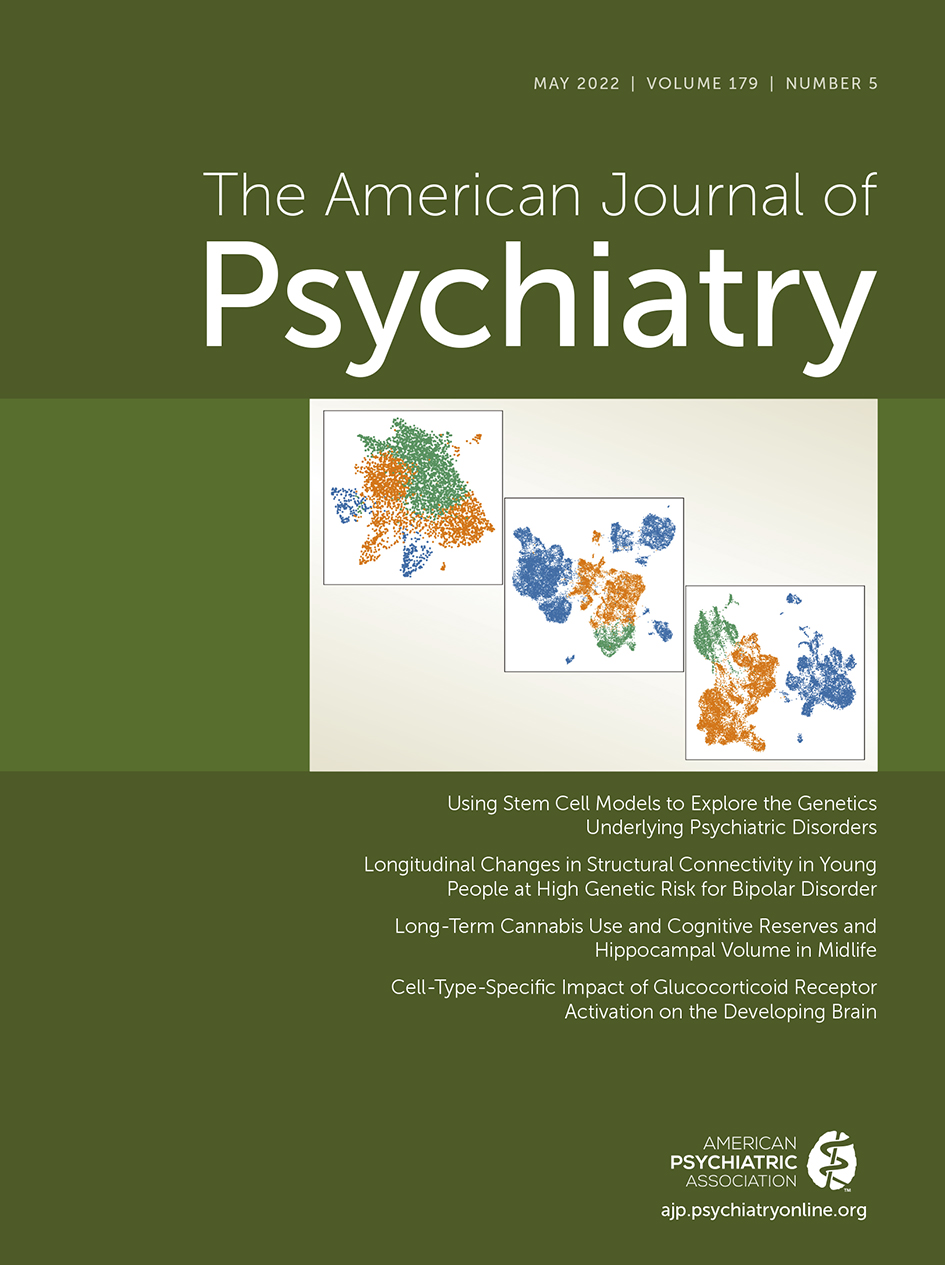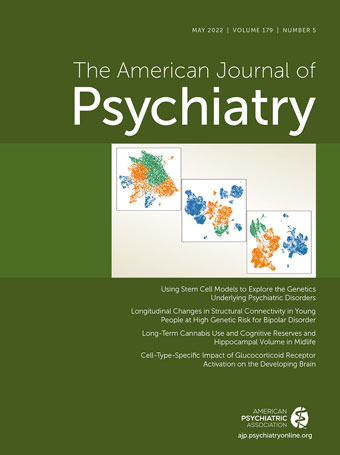to the editor: In 2017, Wilkinson et al. (
1) reported on the growing clinical off-label use of racemic ketamine among academic settings and community providers for psychiatric disorders. In 2019, the U.S. Food and Drug Administration (FDA) approved intranasal (IN) esketamine as an adjunctive therapy for treatment-resistant depression, yet esketamine has been challenging to implement (
2). Whether approval of esketamine has influenced the characteristics and viability of clinics offering off-label racemic ketamine has not been investigated.
Between September 2020 and May 2021, a web-based survey was sent to U.S. providers identified by an Internet search, membership in various ketamine physician societies, and ketamine social media groups. Providers and clinics were included if they offered intravenous (IV) ketamine treatment for psychiatric disorders and provided a valid e-mail address. Academic institutions were not included in this survey. The study received approval from the Baylor College of Medicine IRB.
Of 154 clinics with valid e-mail addresses, 98 (63.6%) completed surveys. The sample was divided into four U.S. regions (South=35.9%, West=28.1%, Midwest: 25.8%, Northeast=10.1%). Clinics reported treating a wide range of psychiatric disorders, including major depressive disorder (100%), bipolar disorder (98%), anxiety disorders (87%), posttraumatic stress disorder (80%), and obsessive-compulsive disorder (78%). Many clinics offered adjunctive and alternative services to IV ketamine treatment, including hydration or nutritional infusions (37%), medication management (30%), and counseling/psychotherapy (40%). Over half (61%) offered other routes of ketamine administration, including intranasal, intramuscular and sublingual.
A majority of clinics (53%) reported initial weight-based dosing at 0.5 mg/kg. However, the vast majority (88%) titrated infusion dose over the course of acute treatment, with doses ranging from 0.5 to 3.0 mg/kg. The most commonly prescribed infusion courses were 4-6 infusions (57%) or 6-8 infusions (40%). The majority administered infusions on a twice (53%) or three times per week (42%) treatment schedule. Most providers determined maintenance phase treatments according to patient preference and need (73%) rather than a fixed-schedule protocol.
Virtually all providers reported administering a validated self-report scale to assess depressive symptoms (97%), most commonly the PHQ-9 (66%) (
3). A majority of providers reported tracking outcomes for anxiety (53%), and some reported tracking outcomes for trauma symptoms (15%) as well.
Compared to Wilkinson et al., similar vital monitoring patterns were noted. Many providers monitored heart rate (HR, 40%), pulse oximetry (PO, 31%) and blood pressure (BP, 30%) at least every 5 minutes during the infusion. Most providers monitored these vitals at least every 15 minutes (HR, 88%; PO, 83%; BP, 85%). Few providers reported no monitoring (HR, 3%; PO, 4%; BP, 1%).
Two-thirds of survey-respondent clinics were owned by physicians, with the other third owned by Certified Registered Nurse Anesthetists (28%) and Nurse Practitioners (3%). Regarding administrating provider types, 68% of clinics reported at least one physician as part of the treatment team, with a wide range of physician specialties reported (
Table 1).
Although there are limitations to our approach and our sample did not include academic medical centers, we highlight some interesting results. First, a majority of clinics (73% of respondents) did not have a psychiatrist on staff (a change from the earlier report, where two-thirds did). Second, most clinics titrated dosage to optimize patient response, and reported using validated and standardized measures of symptom severity to track outcomes, findings that highlight prior calls to organize a registry of patient data (
4). Third, despite FDA approval of esketamine, clinics continue to provide off-label racemic ketamine . These findings indicate several topics worthy of further investigation, including optimal dose titration, the selection of ketamine versus esketamine as a treatment in community clinical practice, and barriers to care (e.g., financial, time commitment, driving restrictions). In summary, with the continued provision of off-label ketamine for psychiatric disorders, partnerships among various stakeholders will be necessary to improve the effectiveness, safety, delivery, and responsible accessibility of this treatment.

